♥
Whole grains are not only delicious, but also nutritious and versatile. Packed with vitamins, minerals and fibre, as a slow release complex carbohydrate they provide a sustained energy source. Whole grains are a settling and calming food, aiding the release of serotonin, our happy hormone. They’re also all-round cooking superstars, providing a nourishing accompaniment to main dishes, a base for yummy salads, warming porridges and baked goods.
For a long time my whole grain repertoire consisted of pasta and rice, rotated on an almost daily basis, with some oat porridge thrown in for good measure. My experimentation was limited to trying spelt pasta, but generally I was stuck in a fairly major food groove. Things couldn’t be more different today – I’m happy to say that I’ve embraced the full range of whole grains in all their glory. My top three gorgeous gluten free grains at the moment are:
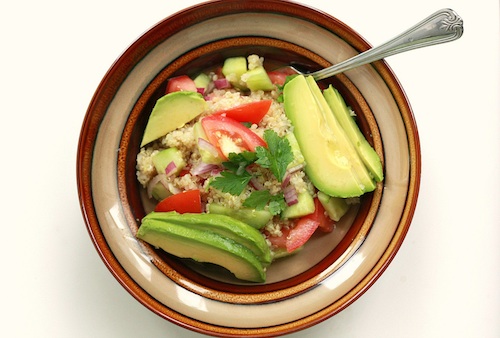
♥
– Quinoa: currently very popular, this South American seed-like grain is the most nutritious of the bunch and also cooks very quickly making it a boon for busy people. It contains all eight amino acids, is high in protein, B vitamins, vitamin E, iron, zinc, potassium and calcium. Easily digested, quinoa makes a delicious side dish, salad base or porridge (use rolled or flaked quinoa for best results). I also add cooked quinoa to soups – it makes its way into my belly most days in some shape or form!
Quinoa must be rinsed before cooking to remove the saponin, its natural bitter coating. Cook one part quinoa to two parts water, covered, for 15 minutes (rolled or flaked version cooks much quicker). Try red quinoa for a very pretty addition to a meal.

♥ [source]
– Millet: I’ve recently discovered this tasty grain which is high in protein, iron, magnesium and potassium. It also contains silica which helps keep bones flexible, has anti-fungal properties, soothes indigestion and morning sickness, nourishes the stomach and kidneys, and is a warming food, making it a great winter option. It can be used in porridges and to make breads, but I like it best as a side dish to a slow cooked stew or curry. Again, cook one part millet to two parts water, covered, with cooking time approximately 30 minutes.
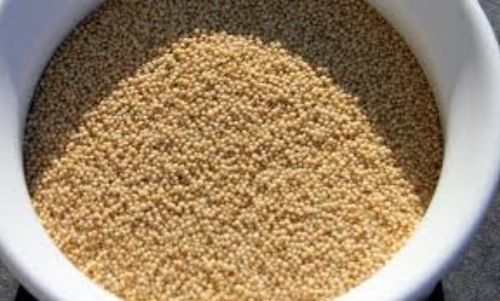
♥
– Amaranth: another seed-like grain, the Aztecs and Incas loved amaranth and I can see why – I’m in love with my warming bowl of rolled amaranth porridge at the moment! I’ve also been using amaranth flour in baked goods with some good results. High in protein, amaranth also contains iron, phosphorus, calcium, copper and manganese and the amino acids methionine and lysine which are rare in grains. Cook one cup of the standard grain with three cups water for 25-30 minutes, covered (rolled amaranth cooks very quickly).
Some simple ideas for wholesome whole grain meals:
♥ Rolled amaranth or quinoa porridge cooked with your choice of milk – check the pack for recommended cooking times, mine takes 1-2 minutes. I sometimes add a scoop of vanilla pea protein powder during cooking, with a bit more water. Top with your favourite fruit, nuts, cinnamon, a drizzle of brown rice syrup etc.
♥ Cook extra grain with dinner and use as a base for a filling salad the next day. Add sliced avo, cherry tomatoes, roasted veg, lentils, chick peas, boiled egg, tuna etc., a dash of olive oil, lemon juice and and some black pepper.
♥ Make a pilaf. Cook the grain and whilst cooking stir fry an onion, a clove or two of garlic and some chopped mixed veggies such as leeks, zucchini, capsicum and broccoli. When the grain is ready, add it to the veggies and stir through. Lovely with a drizzle of tahini, a squeeze of lemon juice and some chopped fresh herbs. Serve on its own or with grilled chicken or fish.
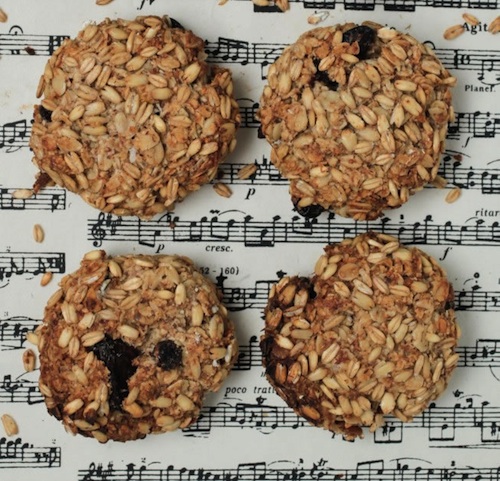
♥
♥ Rolled quinoa can replace rolled oats to create gluten free baked goods – for example this delicious Apple & Cinnamon Breakfast Cookie!
For ultimate nutrition and digestibility, it’s advisable to soak grains in water prior to cooking. Soaking softens grains and removes phytic acid which keeps some of the nutrients locked away. Soak for 1-8 hours, drain and discard the soaking water. Also organic grains wherever you can – you can buy in bulk at some health food stores and markets.
What is your favourite whole grain? Be sure to share in the comments below, and if you have a favourite recipe I’d love to hear it! 🙂
Article by Karen, trainee health coach and avid blogger about experiencing true wellness by living your most authentic life. You can find her at www.consciouscravings.com.au and over on Facebook!
Be well,
xoxo

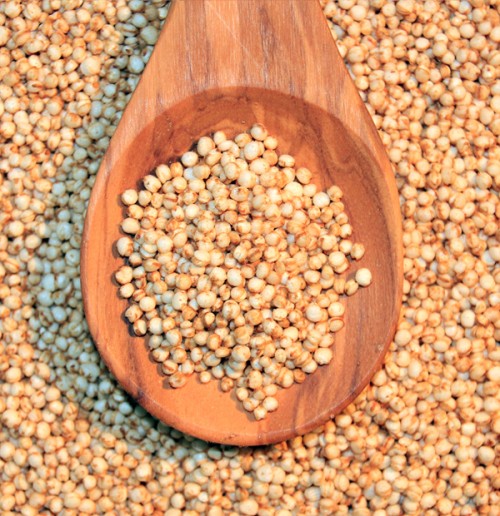
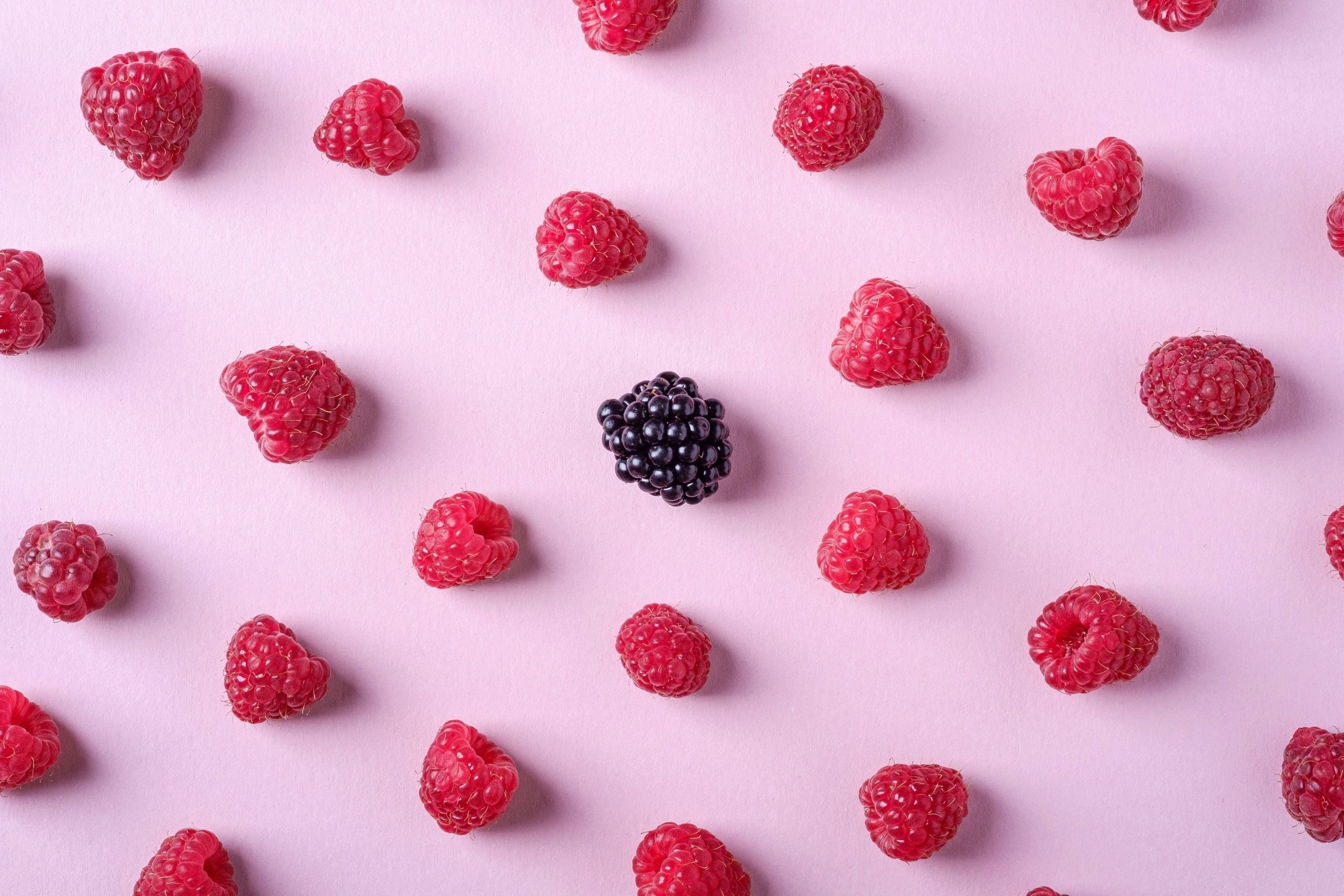


0 Comments